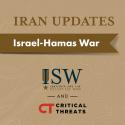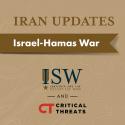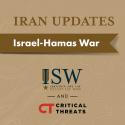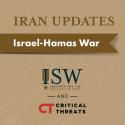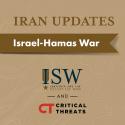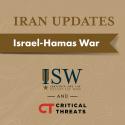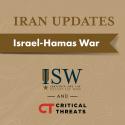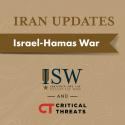Iran Update, January 2, 2024
Jan 2, 2024 - ISW Press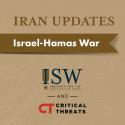
Israeli forces are transitioning to the third phase of their operations in the northern Gaza Strip, which will very likely enable Hamas to reconstitute itself militarily. The Israel Defense Forces (IDF) confirmed that it withdrew five brigades from the northern Gaza Strip on December 31. This reduction in forces is part of what the IDF has described as its third phase in the strip, which also involves ending major combat operations, releasing reservists, transitioning to “targeted raids,” and establishing a security buffer zone within the Gaza Strip. Israeli forces have degraded several Hamas units and rendered others combat ineffective, particularly in the northern Gaza strip, since the beginning of the clearing operations. But Hamas’ military forces are neither defeated nor destroyed at this time. Decreased Israeli pressure would, in fact, allow Hamas to rebuild its military capabilities and infrastructure. Hamas maintains a conventional military structure, meaning that it should be able to quickly replace commanders who have died in the war. Several recently killed Hamas battalion and brigade commanders had led their units for many years, suggesting that they had the ability and time to develop successors to take their place. Such reconstitution is inconsistent with the stated Israeli war aims, which are to destroy Hamas militarily and politically.


